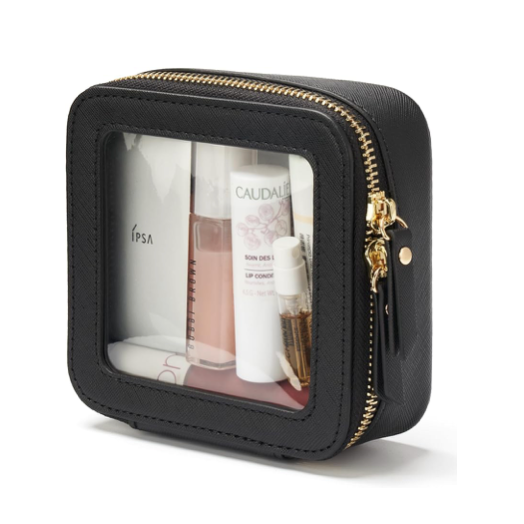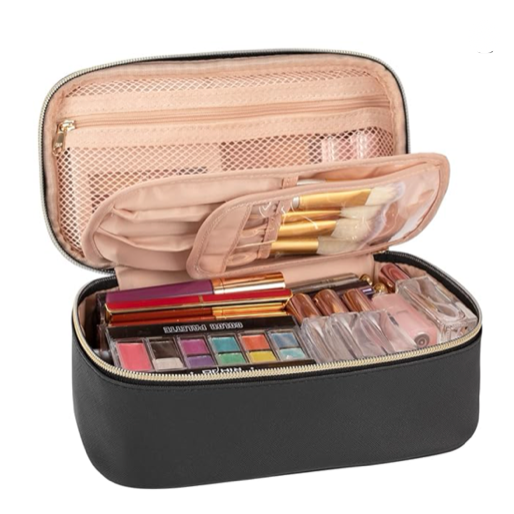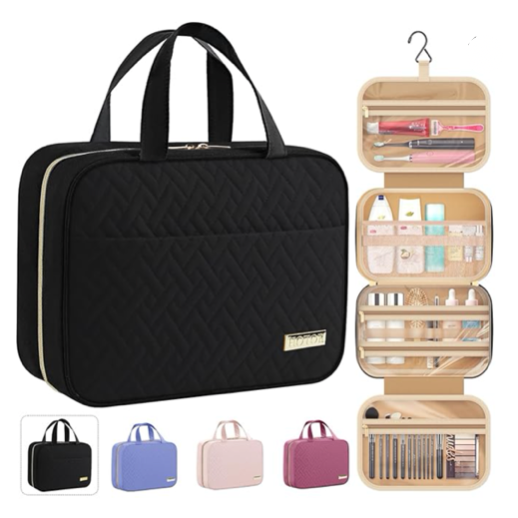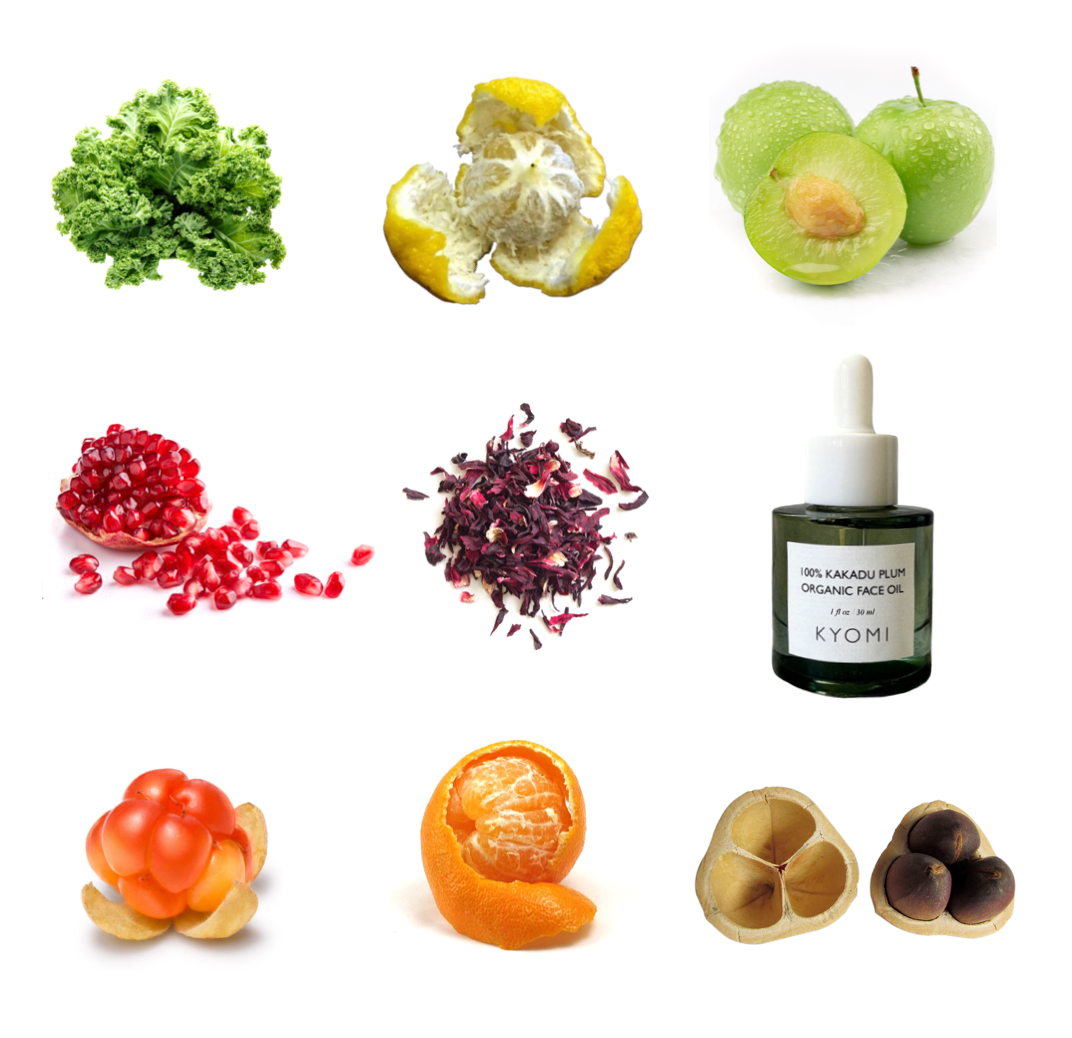Top Winter Skincare Tips for Hydrated Skin
Grasping the Challenges of Winter Skin
Winter presents unique challenges for our skin, making it essential to understand the factors at play. As the air gets colder, it also becomes drier, causing our skin to lose its natural moisture. This often results in dry, flaky, and irritated skin. The combination of chilly winds outside and the warm, dry air inside from heating systems can be particularly harsh, further stripping away the skin's natural oils and leaving it feeling tight and uncomfortable.
One of the most common issues during winter is that our skin's barrier becomes compromised. This barrier, which normally helps to lock in moisture and protect against environmental damage, can weaken due to the harsh, cold conditions. As a result, our skin becomes more susceptible to sensitivity and irritation. This makes it even more important to adopt a skincare routine that not only hydrates but also strengthens the skin's protective layer.
Another challenge we face is the tendency to use hotter water during baths and showers to warm up. However, hot water can actually strip the skin of its natural oils, exacerbating dryness. It's better to use lukewarm water to maintain the skin's moisture levels. Additionally, the frequency and duration of showers should be minimized to avoid further drying out the skin.
Many people also experience an increase in conditions such as eczema and psoriasis during the winter months. The cold air and indoor heating can trigger flare-ups, making it crucial to use gentle, non-irritating products and to keep the skin well-moisturized.
Furthermore, wearing layers of clothing, including woolen fabrics, can irritate the skin. Opt for softer, breathable materials that allow the skin to stay comfortable and reduce the likelihood of irritation.
By recognizing these winter skincare challenges, you can make informed decisions about your skincare routine and product choices, helping to keep your skin healthy and comfortable throughout the colder months.
Hydration Through Moisturizing
Keeping your skin hydrated during the winter months is essential for maintaining its health and appearance. Moisturizing plays a key role in this process, as it replenishes lost hydration and helps fortify your skin's natural barrier. Opt for a rich, nourishing moisturizer that targets dry skin effectively. Ingredients like hyaluronic acid, glycerin, and ceramides are excellent choices because they help lock in moisture and provide a protective layer against the harsh winter elements.
To get the most out of your moisturizer, timing is crucial. Apply it right after you shower or wash your face when your skin is still slightly damp. This helps to seal in moisture and maximize hydration. Use gentle, upward strokes to massage the moisturizer into your skin, ensuring even application. Don’t overlook areas like your neck and chest, as these spots can also become dry and need extra care.
For those with very dry or sensitive skin, consider adding a hydrating serum into your routine. Apply the serum first, allowing it to absorb fully before layering your moisturizer on top. This extra step can provide a significant hydration boost and help keep your skin soft and supple.
Selecting the right moisturizer can make a big difference. Creams and oils are generally more hydrating than lotions, so they’re a better choice for the winter months. If you’re unsure which product to choose, look for one that’s labeled as “intensive” or “deeply hydrating.” These formulations are specifically designed to combat severe dryness.
Remember to moisturize more than just your face. Your hands, elbows, and knees are also prone to dryness during winter. Carry a travel-sized moisturizer with you to reapply throughout the day, especially after washing your hands. This small step can prevent uncomfortable cracking and keep your skin feeling comfortable.
By focusing on hydration and using the right products, you can help your skin stay healthy and radiant, even in the coldest weather.
Techniques for Gentle Cleansing
During the winter months, it's essential to be extra gentle with your cleansing routine to maintain your skin's natural moisture. Opt for a cleanser that caters to sensitive or dry skin types. Oil-based cleansers are particularly beneficial because they cleanse without stripping away the essential oils your skin needs to stay hydrated. Try a facial oil cleanser made with just oils, this does wonders for dry skin and melts aways makeup and impurities.
Choosing the right cleanser is just one part of the equation. The way you use it matters too. Stick to lukewarm or cool water for washing your face, as hot water can lead to further dryness and irritation. Be gentle with your skin—avoid vigorous rubbing or scrubbing, which can exacerbate sensitivity and dryness.
After cleansing, gently pat your skin dry with a soft towel. Leaving your skin slightly damp before applying your moisturizer can help lock in additional hydration, maximizing the benefits of your skincare products.
Also, consider using a hydrating and moisturizing toner or essence after cleansing. These products can provide an extra layer of moisture and prepare your skin to absorb the subsequent products more effectively.
Nourishing Face Oils and Balms
After toning, here's what becomes essential. Make sure you use a nourishing face oil, serum and facial balm. Face oils are concentrated and fast absorbing, they instantly hydrate the skin. If you have very dry skin, apply a face balm with an oil base or some type of plant butter like shea butter. You can apply the face balm over a face oil for deep nourishment.
By incorporating these gentle cleansing techniques into your winter skincare regimen, you'll help maintain your skin's natural balance, keeping it hydrated and comfortable even during the coldest months.
The Importance of Sunscreen During Winter
It's easy to think sunscreen is only for summer, but protecting your skin from harmful UV rays is just as important in the winter. Even on cloudy days, UV rays can penetrate and cause skin damage. Snow can reflect these rays, increasing your exposure and the potential for harm. Therefore, incorporating sunscreen into your winter skincare routine is a must.
When choosing a sunscreen for the colder months, opt for a broad-spectrum SPF of at least 30. This type of sunscreen protects against both UVA and UVB rays, providing comprehensive coverage. If you spend a lot of time outdoors, especially if you enjoy winter sports like skiing or snowboarding, a water-resistant formula is ideal. This ensures that your protection remains effective even if you sweat or come into contact with snow.
Applying sunscreen should be a daily habit, just like brushing your teeth. Make it a part of your morning routine by applying it after your moisturizer and before any makeup. Don’t forget often-overlooked areas like your ears, neck, and the back of your hands. These spots are frequently exposed to the elements and can easily be forgotten.
Reapplication is key to maintaining protection throughout the day. Aim to reapply every two hours, or immediately after heavy sweating or wiping your face. If you’re on the go, consider carrying a travel-sized sunscreen or a stick version for easy touch-ups.
For those with sensitive or dry skin, winter can make the search for the right sunscreen a bit more challenging. Look for products that are labeled as hydrating or formulated with ingredients like hyaluronic acid or glycerin. These can provide the added moisture your skin needs while still offering protection.
Remember, using sunscreen is a crucial step in preventing premature aging and reducing the risk of skin cancer. By making it a staple in your winter skincare routine, you’re taking an important step in maintaining your skin’s health and appearance all year round.
Modifying Your Skincare Regimen
As winter sets in, your skin may require some adjustments in your skincare routine to keep it healthy and glowing. Begin by considering the products you're using. During colder months, lightweight lotions may not provide enough hydration. Switching to thicker creams or oils can make a big difference. Ingredients like shea butter, argan oil, and squalane are great for delivering the deep nourishment your skin craves.
Layering products is another effective strategy. Start with lighter products like serums and follow with heavier creams. This approach helps each product absorb better and ensures that your skin gets maximum benefits from your regimen. For example, apply a hydrating serum first to provide an extra boost of moisture, then layer on a rich cream to lock in that hydration.
Don't forget about exfoliation, but be gentle. Exfoliating helps remove dead skin cells, allowing your moisturizing products to penetrate more effectively. However, over-exfoliating can cause irritation, especially in winter. Stick to exfoliating once a week with a gentle product to maintain a smooth and fresh complexion.
Consider adding a hydrating mask to your routine. Using a moisturizing mask once or twice a week can provide an extra layer of hydration and help soothe any dryness or irritation. Look for masks with ingredients like honey, aloe vera, or oatmeal, which are known for their soothing and moisturizing properties.
Finally, pay attention to your indoor environment. Running a humidifier in your home can help combat the dry air caused by heating systems. This keeps your skin from losing moisture and maintains a more balanced hydration level.
By making these thoughtful adjustments, you can help your skin stay resilient and radiant throughout the winter season. Adapting your skincare regimen to meet the demands of the colder weather ensures that you maintain a healthy, glowing complexion all year round.












